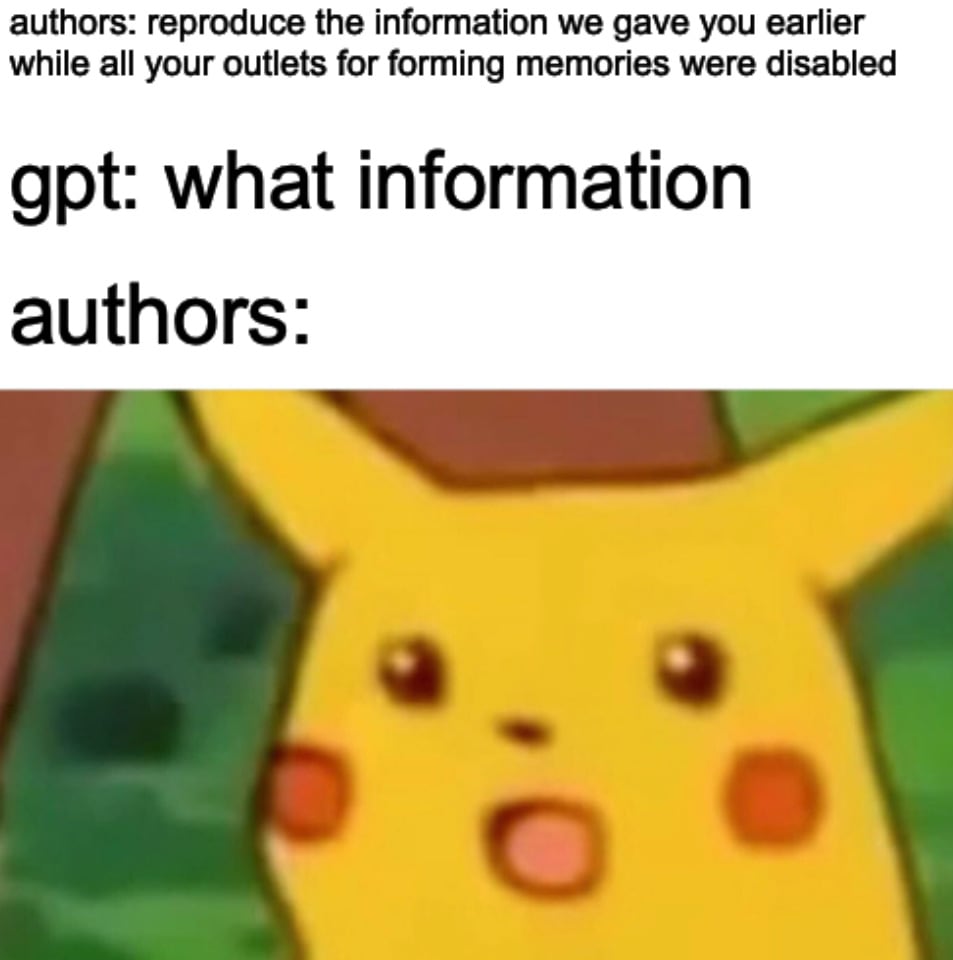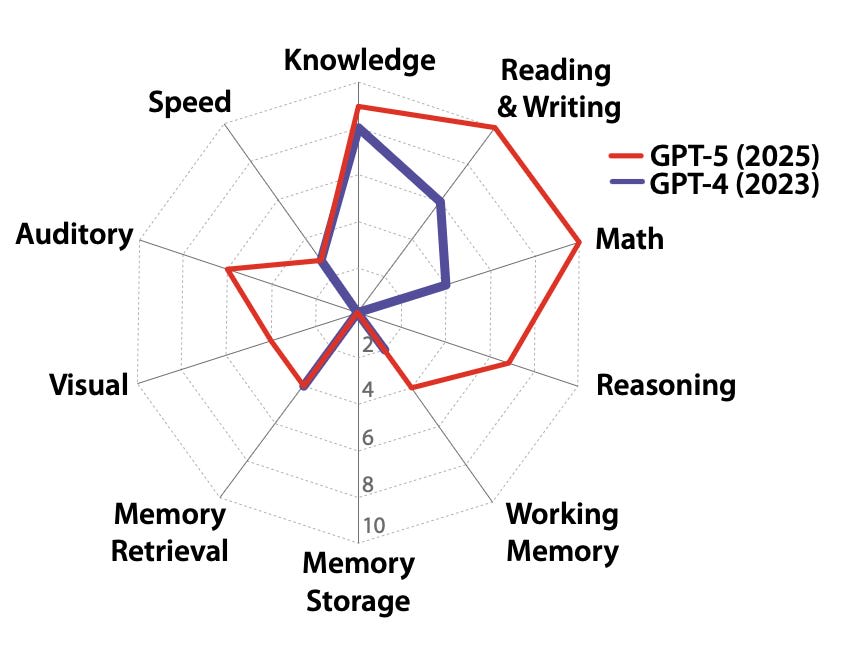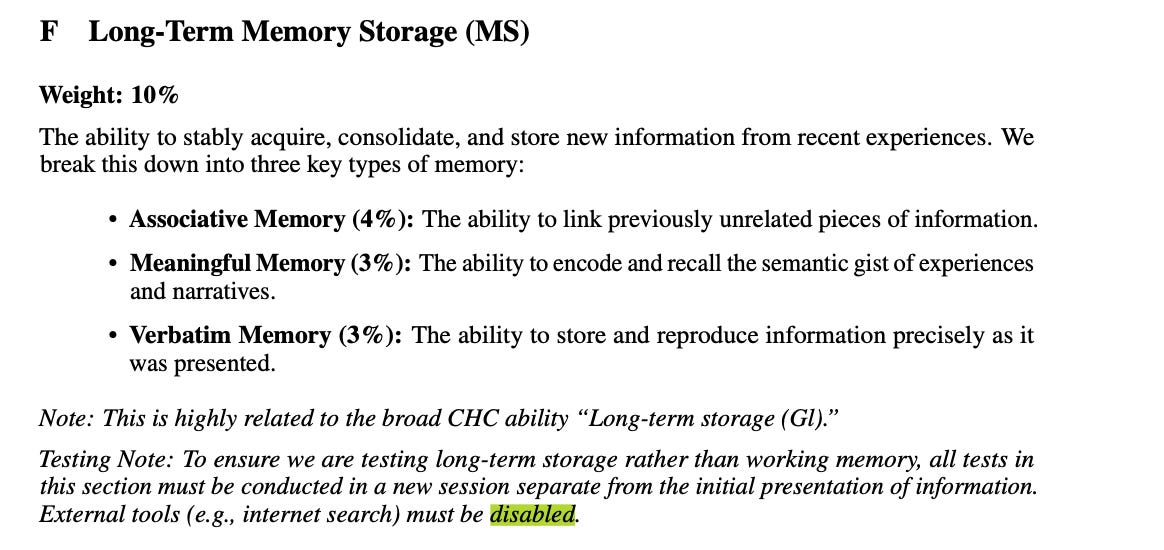
Everyone knows the best llms are profoundly smart in some ways but profoundly stupid in other ways.
Yesterday, I asked sonnet-4.5 to restructure some code, it gleefully replied with something something, you’re absolutely something something, done!
It’s truly incredible how in just a few minutes sonnet managed to take my code from confusing to extremely confusing. This happened not because it hallucinated or forgot how to create variables, rather it happened because it followed my instructions to the letter and the place I was trying to take the code was the wrong place to go. Once it was done I asked if it thought this change was a good idea it basically said: absolutely not!
It would not be an intelligent hairdresser that cuts your hair perfectly to match your request and then says you look awful with this hair cut by the way.
It’s weird behaviors like this which highlight how llms are lacking something that most humans have and are therefore “in some important sense, shallow, compared to a human twelve year old.” [1] It’s hard to put your finger on what exactly this “something” is, and despite us all intuitively knowing that gpt-5 lacks it. There is, as yet, no precise definition of what properties an AI or llm or whatever would have to have for us to know that it’s like a human in some important sense.
In the week old paper “A Definition of AGI” the (30+!) authors promise to solve this problem once and for all they’re so confident with what they’ve come up with they even got the definition it’s own website with a .ai domain and everything https://www.agidefinition.ai - how many other definitions have their own domain? Like zero, that’s how many.
The paper offers a different definition from what you might be expecting, it’s not a woo woo definition made out of human words like “important sense” or “cognitive versatility” or “proficiency of a well-educated adult.” Instead the authors propose a test which is to be conducted on a candidate AGI to tell us whether or not it’s actually an AGI. If it scores 100%, then we have an AGI. And unlike the Turing test, this test can’t be passed by simply mimicking human speech. It genuinely requires such vast and broad knowledge that if something got 100% it would just have to be as cognitively versatile as a human. The test has a number of questions with different sections and subsections and sub subsections and kind of looks like a psychometric test we might give to actual humans today.[2]
The paper is like 40% test questions, 40% citations, 10% reasons why the test questions are the right ones and 10% the list of authors.
In the end GPT4 gets 27% and GPT5 gets 57% – which is good, neither of these are truly AGIs (citation me).

Yet, this paper and definition are broken. Very broken. It uses anthropocentric theories of minds to justify gerrymandered borders of where human-like intelligence begins and ends. It’s possible that this is okay, because a successful definition of AGI should capture the essential properties that its (1) artificial and (2) has a mind that is in some deep sense, like a human mind. This 2nd property though is where things become complicated.
When we call a future AI not merely an AI but an AGI, we are recognizing that it’s cognitively similar to humans but this should not be due to the means it achieves this cognitive similarity, for example we achieve this by means of neurons and gooey brains. Rather, this AI, which is cognitively similar to humans will occupy a similar space to humans, in the space of all possible minds. Crucially this space is not defined by how you think (brains, blood, meat) but what you think (2+2=4, irrational numbers are weird, what even is consciousness)
In the novel A Fire Upon the Deep there is a planet with a species as intelligent as humans called tines. Well kind of, a single tine is only as intelligent as a wolf. However tines can form packs of four or five and use high pitched sound to exchange thoughts in real time, such that they become one entity. In the book the tines are extremely confused when humans use the word “person” to refer to only one human, while on the tine’s planet only full packs are considered people. if you were looking at a tine person you would see four wolves walking near each other and you’d be able to have a conversation with them. Yet, a single tine would be only as intelligent as a wolf. I think it’s safe to say that A tine person is a mind that thinks using very different means to humans, yet occupies similar mind space.
Tines are not artificial, but imagine ones that were. Call them tineAI, this might be an AI system that has four distinct and easily divisible parts which in isolation are stupid but together produce thoughts which are in some deep sense similar to humans. A good definition of AGI would include AI systems like tineAI. Yet as the test is specified such an AI would not pass and therefore fail to obtain AGIhood. Because of this, I think the definition is broken. There will be entities which are truly AGIs which will fail and therefore not be considered AGIs. Now perhaps this false negative rate is 0.1111% perhaps most AI systems which are truly AGIs will be able to pass this test easily. But for all we know, all possible AGIs will be made up of four distinct and easily divisible parts. Singleton AGIs might not be possible at all or possible in our lifetimes.
I can’t really tell what claim this paper is making. It seems to me it could either be existential or universal.
The existential claim is: “Some AGIs will get 100% on the_agi_test”
The universal claim is: “All AGIs will get 100% on the_agi_test”
If the authors are saying that all AGIs will pass this test, it’s pretty clear to me that this is not true, mostly because of what they call “Capability Contortions.” According to the paper Capability Contortions are “where strengths in certain areas are leveraged to compensate for profound weaknesses in others. These workarounds mask underlying limitations and can create a brittle illusion of general capability.” Further that “Mistaking these contortions for genuine cognitive breadth can lead to inaccurate assessments.” For these reasons the authors disable external tools on the tests like F - Long Term Memory.

Unsurprisingly - to everyone except the authors - GPT-5 gets 0% for this test.
Despite this, there probably is some utility in having AIs take this test without using external tools (at least as of 2025-10-30). However it’s not clear to me how the authors decided this was so.
RAG is a capability contortion, fine. MCP is a capability contortion, totally. External Search is a capability contortion, sure. But pray tell, why is chain of thought not a capability contortion? It’s certainly an example of an AI using a strength in one area (reading/writing) to address a limitation in another (logic). Yet the test was done in “auto mode” on gpt-5 so chain of thought would have been used in some responses.
Do we decide something is a workaround or a genuine property of the AI by looking at whether or not it’s “inefficient, computationally expensive”? I’m[3] hopeful the authors don’t think so because if they did then this would mean all llms should get 0% for everything, because you know gradient descent is quite clearly just a computationally expensive workaround.
Further, this means that even if the authors are making just the existential claim that some AIs will pass the the_agi_test - we might be living with AGIs that are obviously AGIs for a hundred years but which are not AGIs according to this paper, and I question the utility of the definition at that point.
Frankly, it doesn’t matter whether there’s a well defined decision criteria for disabling or enabling parts of an AI. The very idea that we can or should disable parts of an AI, highlights the assumptions this test makes about intelligence and minds. Namely, it assumes that AGIs will be discrete singleton units like human minds that can and should be thought of as existing in one physical place and time.
Maybe some AGIs will be like this, maybe none will, in either case this is no longer a test of how much a candidate AGI occupies the same space of possible minds as most human minds do, rather it’s a test of how much a candidate AGI conforms to our beliefs about minds, thoughts and personhood as of 2025-10-30.
- ^
Yudkowsky and Soares, If Anyone Builds It, Everyone Dies.
- ^
This is no accident, the authors write: “Decades of psychometric research have yielded a vast battery of tests specifically designed to isolate and measure these distinct cognitive components in individuals”
- ^
Hendrycks et al., “A Definition of AGI.”